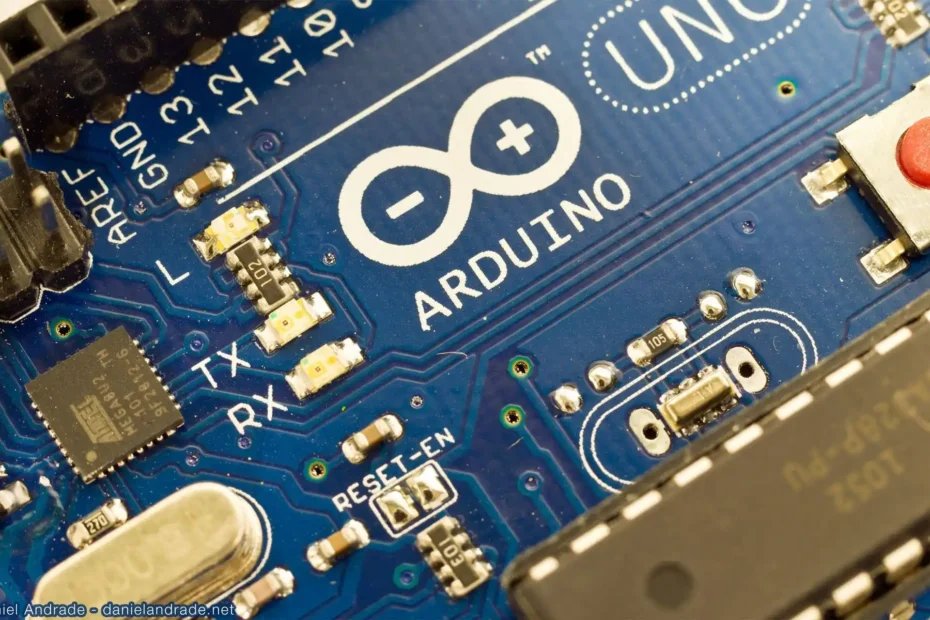Arduino Dice Roller: Random Number Display on LCD 1602
Although this assigment raises some ethical issues that I disagree with, I will deal with solving and explaining this problem. The assigment is to design a game of chance for elementary school students (assigment says so), where a randomly chosen number from 1 to 6 will be printed on the LCD display – in simpler terms, it is a simulation of throwing a dice.
Read More »Arduino Dice Roller: Random Number Display on LCD 1602

